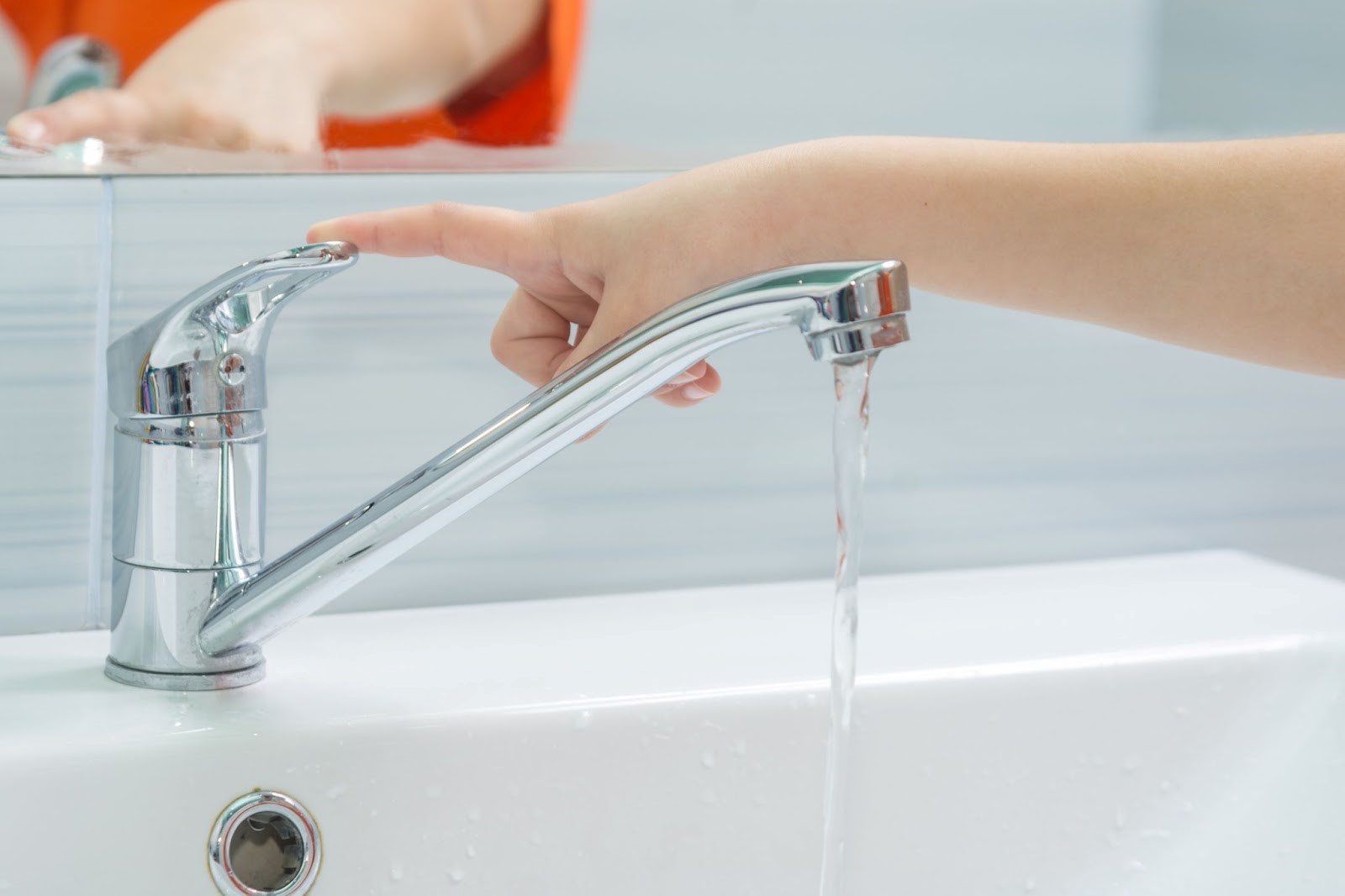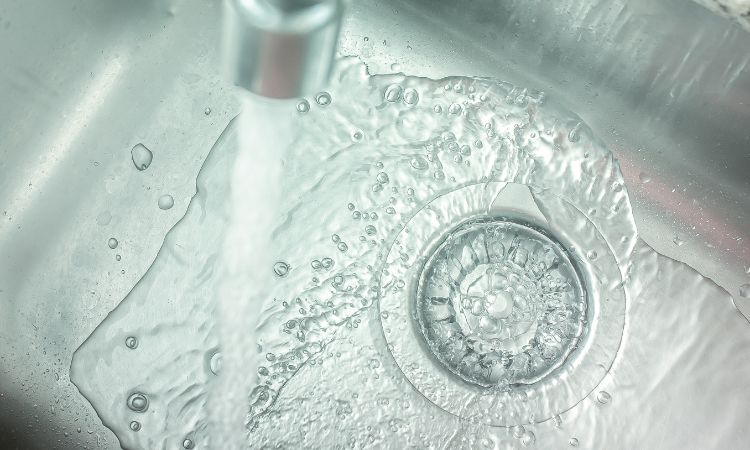Practical Ways To Fix Slow-Draining Sink Problems
Practical Ways To Fix Slow-Draining Sink Problems
Blog Article
How do you actually feel in regards to 7 Ways To Fix A Slow-Draining Sink Before You Call A Plumber?

Intro
We have actually all been there: You're brushing your teeth or cleaning your hands, and you see the water pooling in the sink. As opposed to rapidly swirling away, it remains, transforming your once-refreshing early morning regimen right into a miniature swamp scene. A slow-draining sink isn't simply annoying; it's typically a sign of bigger plumbing issues hiding under the surface area. The good news is that many slow-draining sinks can be repaired with a little knowledge, a few basic devices, and some persistence. Prepared to tackle this job head-on? Let's roll up our sleeves and dive right in.
Comprehending the Root Causes Of a Slow-Draining Sink
Prior to you begin poking around in your pipelines, it aids to understand what might be causing the stagnation. Comprehending the root cause makes it simpler to pick the ideal solution.
Typical Culprits Behind Slow Drain
So, what's clogging things up? Generally, it's a mix of day-to-day particles-- assume hair, soap residue, toothpaste deposit, and leftover food fragments. With time, these tiny bits collect and hold on to the pipeline walls, gradually tightening the flow and making it harder for water to go through. In many cases, natural resource from hard water can additionally include in the substance, producing the best storm for persistent obstructions.
When is it Time to Act?
If you notice the water draining pipes slower than typical, it's an excellent idea to interfere quicker as opposed to later. Waiting also long could bring about complete obstructions, undesirable smells, or even pipe damages. If the water takes greater than a couple of secs to clean out after turning off the tap, consider it a red flag and prepare yourself to put on your DIY hat.
Devices and Materials You'll Require
The right devices make all the difference. Fortunately, you won't require a completely equipped plumbing professional's van to do the job.
Important Devices for Do It Yourself Fixes
A bettor is your go-to starting factor. A small, sink-sized plunger creates suction that can displace small obstructions. For more consistent obstructions, a drain serpent (sometimes called a plumbing professional's auger) works wonders. A set of handwear covers, a flashlight, and possibly a set of protective safety glasses are also helpful.
Suggested Cleansing Solutions
Moderate meal soap and warm water can assist break down oily build-up. A combination of baking soda and vinegar is a time-tested natural remedy, and enzymatic cleaners offer an even more environment-friendly method. Maintain chemical drain cleaners as a last option, as they can be harsh on your pipes.
Safety First: Preventative Measures and Prep work
Prior to you launch into unclogging mode, consider safety. You're managing potentially unclean water and debris, so slip on a pair of gloves. If you're utilizing chemical cleansers, make sure the space is well-ventilated and follow the guidelines on the label.
Safety Gear and Workspace Setup
Put down some old towels or cloths around the sink location to catch splashes. Eliminate any type of things that could enter your means, like soap dispensers or tooth brush holders. Ensure you have good lights-- order a flashlight if needed.
Step-by-Step Overview to Fixing a Slow-Draining Sink
Currently, let's get into the nitty-gritty. This detailed procedure will certainly lead you through straightforward methods to recover your sink's drainage.
Step 1: Remove and Tidy the Stopper
Frequently, the stopper (that tiny plug you push down to block water) is the first culprit. Remove it meticulously and clean off any hair or crud trapped around its base. Wash it thoroughly prior to putting it back in position.
Action 2: Make Use Of a Bettor to Displace Debris
Got that plunger prepared? Position it over the drain and offer it a few company pumps. The idea is to create suction that can loosen up any type of clog. If you see littles debris drifting up, you get on the best track.
Step 3: Try a Drainpipe Serpent or Wire Hanger
If the bettor does not do the trick, it's time to draw out the drain snake. Carefully feed it right into the drain and twist as you go. You may feel some resistance-- that's most likely the blockage. Maintain turning and drawing until you remove the obstruction. If you do not have a drain serpent, an aligned wire hanger can work in a pinch.
Step 4: Apply a Do It Yourself Drainpipe Cleaner
A natural cleaner made from cooking soda and vinegar can break down recurring gunk. Put half a mug of cooking soda right into the drain, adhered to by half a mug of vinegar. Allow it fizz for around 15 mins, after that flush with hot water. This chain reaction typically does marvels for minor obstructions.
Tip 5: Rebuild and Evaluate the Sink
Put every little thing back together and run the tap. Does the water now swirl down the tubes at a respectable speed? If yes, offer on your own a pat on the back. Otherwise, don't anguish-- there are still a couple of even more tricks up your sleeve.
Alternate Techniques for Stubborn Clogs
Not all obstructions are developed equivalent. If your sink still rejects to cooperate, consider these alternative services.
Baking Soda and Vinegar Technique
We currently touched on this, but it deserves keeping in mind once more. This mild, green method is more secure than chemical cleaners and often rather effective.
Chemical Drain Cleaners
Enzyme-based cleaners utilize natural bacteria to absorb raw material. They're an excellent choice if you're wanting to prevent extreme chemicals. Simply keep in mind, they might take a bit longer to work their magic.
Chemical Drain Cleansers: Advantages And Disadvantages
Chemical cleaners can blast via tough blockages quickly, however they're not without drawbacks. They can generate heat and fumes, damage pipes if utilized exceedingly, and pose environmental risks. Use them moderately, and always comply with the directions thoroughly.
Safety Nets to Keep Your Sink Flowing
Avoidance is the best cure. By taking on a couple of simple habits, you can keep your sink from reducing to begin with.
Normal Cleansing Routines
Clean down the sink basin and component area frequently. Remove hair or food fragments before they have an opportunity to wash down the drain.
Staying Clear Of Hazardous Substances Down the Drain
Think twice prior to dumping coffee grounds, grease, or fibrous vegetable scraps down the sink. These culprits cling to pipeline wall surfaces, developing clogs in time.
Regular Upkeep Checks
Set up a fast monthly examination. Run hot water through the sink for a few minutes, taking note of the flow. If it seems slow, act quick prior to it ends up being a full-on obstruction.
When to Call a Professional Plumbing
Often, despite how hard you try, that obstruct just will not budge. That's when it's time to generate the pros.
Signs That Suggest a Much More Serious Concern
If your sink drains pipes slowly regardless of several attempts, or if you discover water supporting in other fixtures (like your shower or commode), you may have an extra major pipes issue lurking much deeper in the system.
Balancing DIY Initiatives with Professional Aid
While DIY can conserve you cash and offer a feeling of success, there's no pity in calling a professional. A specialist plumbing can assess your whole plumbing configuration, ensuring there's no underlying damage or lasting issue that might cost you much more in the future.
Contrasting Costs and Long-Term Solutions
Before making a decision, think about the big picture. A low-cost, quick fix could solve the trouble briefly, however investing in a more permanent remedy might save you money and anxiety over time.
Evaluating the Expenses of Do It Yourself vs. Expert Fixes
Do it yourself fixes often set you back little greater than the price of a bettor or a bottle of cooking soda. Expert services, on the other hand, featured a cost yet may protect against repetitive issues and costly repairs later on.
Purchasing Top Quality Fixtures and Upgrades
If your sink's layout contributes to regular obstructions, it might be worth upgrading to higher-quality components or modifying the plumbing format. Consider this an investment in your home's performance and comfort.
Final thought
A slow-draining sink can seem like a small inflammation, yet it's often a sign that your plumbing requires a little tender loving care. By recognizing the source, utilizing the right tools and techniques, and dedicating to basic safety nets, you can keep your sink flowing openly. And when all else stops working, never ever think twice to contact a professional-- your home's pipes is worth the investment in treatment and upkeep.
Three Common Ways to Fix a Slow Drain
Baking Soda Method
Boil a full pot of water. Measure out cup of baking soda and pour it down the drain. Then take cup of the magical cleansing substance known as white vinegar and drop that down there too. Allow the mixture to fizz in the drain for five minutes as the vinegar and baking soda combine. Now dump in that whole pot of boiling water. This combination of cleaning substances should clear out anything that is causing your sink to drain slowly. If it doesn t...
Zip-It
If the baking soda method doesn t clear out your drain, it may be because a significant amount of hair and/or other debris has collected there and you need to remove it. Purchase a Zip-It tool at any home improvement or hardware store and insert it into your drain. It will catch any collected hair or debris that s blocking the flow of water. Pull it out. If it s got a big clump of hair, etc. on the end, you ve probably got your culprit.
Drain Cleaner
If these methods don t work, there is the standard drain cleaner that you can also buy in a hardware store or even your local grocery store. It s better if you can use a household solution, but these drain cleaners often work in a pinch. They re very simple to use. You generally just dump them in your drain and wait. If even this method is not effective, it may be time to call the plumber.
https://www.mrrooter.com/oneida/about-us/blog/2017/july/three-common-ways-to-fix-a-slow-drain/

As a reader on Solved! How to Fix a Slow Sink Drain, I think sharing that short article was really useful. If you enjoyed reading our blog entry if you please make sure you remember to pass it around. Many thanks for being here. Return soon.
Call Today Report this page